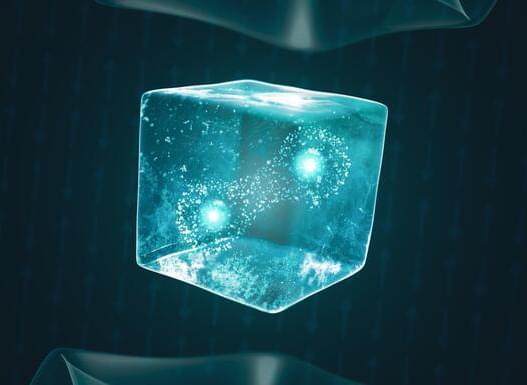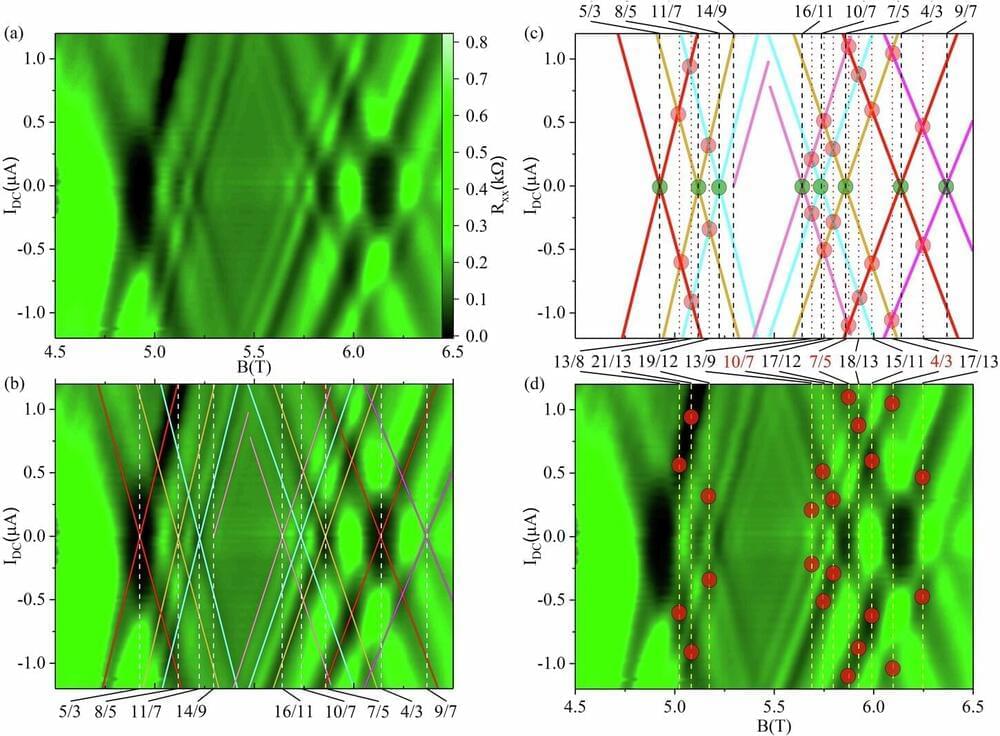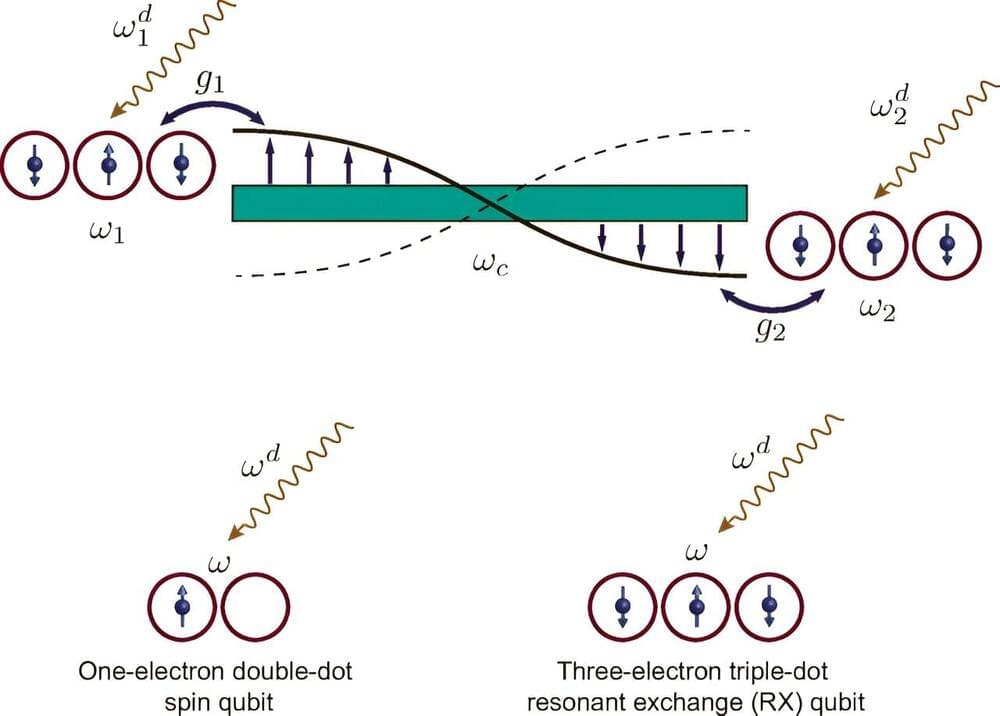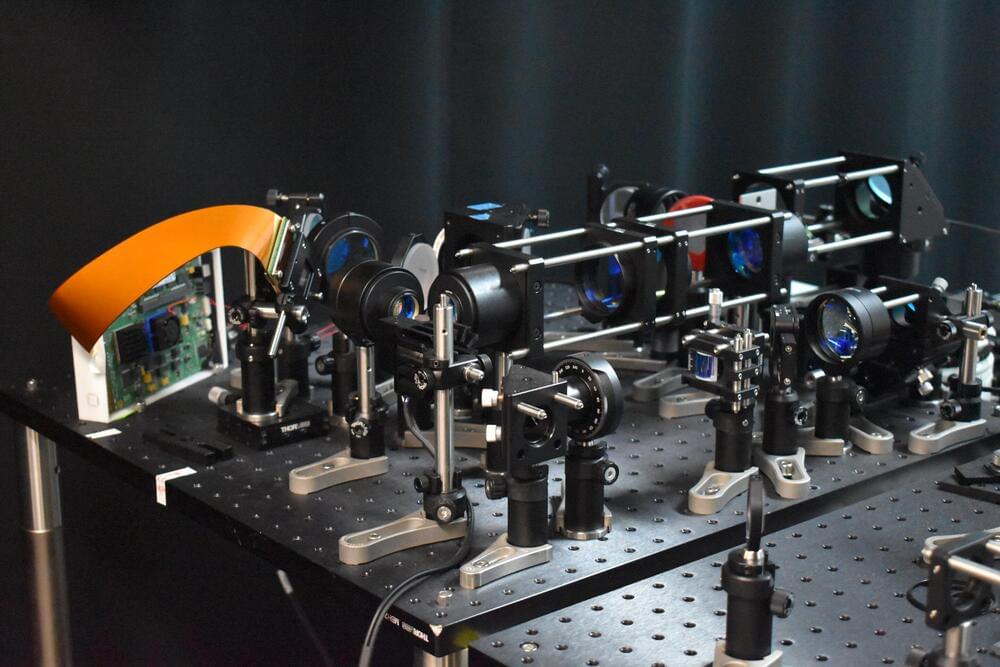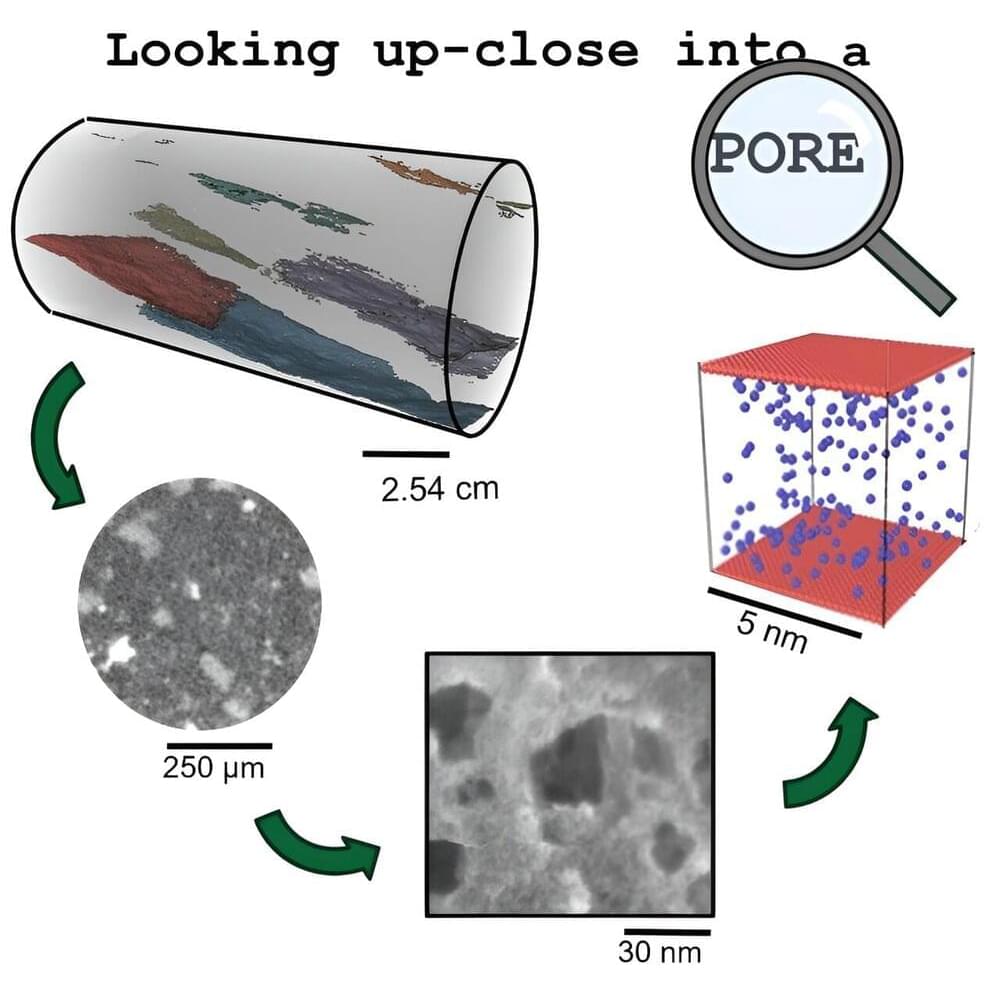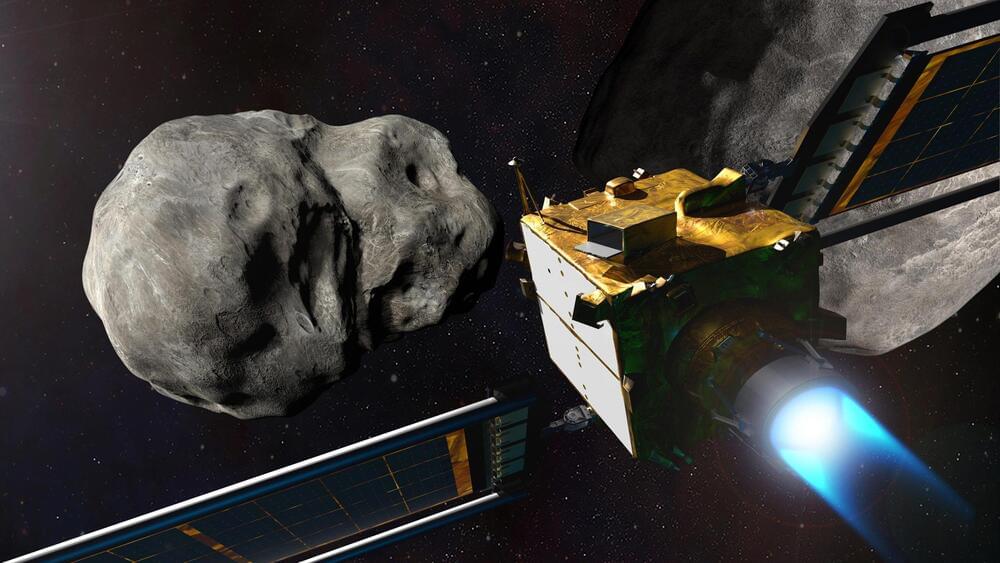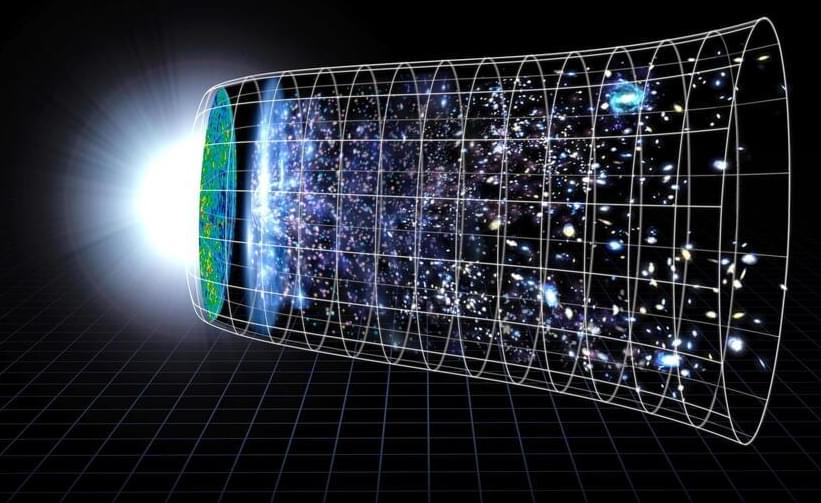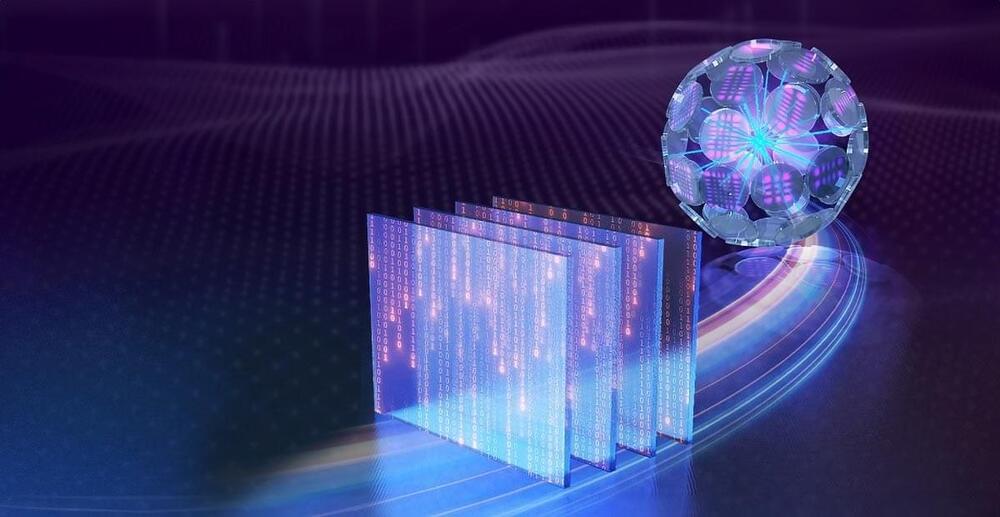
Scientists have made a groundbreaking advancement in understanding light propagation through complex media, potentially revolutionizing fields like optical communication and medical imaging.
By introducing the concept of coherence entropy, a new metric for evaluating light behavior, they have provided a reliable tool for managing light fields in challenging environments. This research could significantly enhance the performance of systems that rely on light, particularly in situations where traditional methods fail due to media distortion.
Light technology is at the heart of many cutting-edge innovations, from high-speed internet to advanced medical imaging. However, transmitting light through challenging environments, such as turbulent atmospheres or deformed optical systems, has always posed a significant hurdle. These complexities can distort and disrupt the light field, making it difficult to achieve clear and reliable results. Scientists have long sought ways to overcome these limitations, and a new breakthrough may hold the key to advance practical applications.
